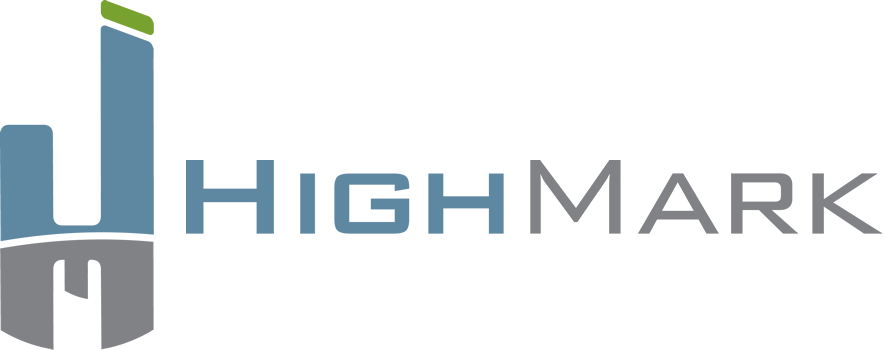Each year presents an opportunity for investors to recalibrate and review their goals. Often among these is a renewed endeavor to give back in a charitable fashion. While it may seem counterintuitive, the appropriate planning techniques make it possible to maximize return, enhance tax efficiency and satisfy philanthropic ambitions. In lieu of traditional donations, these techniques focus on gifting appreciated securities, one of the more tax efficient methods to give to charitable organizations.
Gifting Appreciated Securities
The mechanism of gifting shares is relatively straightforward. When a long-term asset that has appreciated in value is gifted to the qualified charity, the fair market value of the asset is deemed to be tax deductible for the donor. This includes, but is not limited to the gift of stocks, bonds and mutual funds. The greater the unrealized gain of the donated asset and the higher the individual’s tax bracket, the more impactful the gift becomes to the donor’s tax deduction relative to simply writing a check or giving cash. No capital gain is created so the donor incurs no tax liability.
An individual should consider two critical factors when donating an appreciated asset. First, the deduction for gifting appreciated assets is limited to 30% of an individual’s adjusted gross income (AGI), which differs from a 60% limit on cash donations and property. However, excess contributions may be carried forward for up to five years. Second, the financial benefit of charitable contributions only applies to those who itemize their tax deductions. With the recent increase in the standard deduction, many taxpayers will not find it advantageous to itemize. For this reason, charitable givers will look to a practice known as “bunching.” Bunching allows an individual to delay and group deductions every other year such that it is financially beneficial to alternate between itemizing one year and taking the standard deduction the next. Creating a strategy that follows this pattern could be advantageous for charitable givers.
Donor-Advised Fund
Aside from donating an asset directly to a charity, a Donor-Advised Fund (DAF) allows a donor to make a charitable contribution, receive an immediate tax benefit and then control when the gifts are made. The bequest could be immediate or over a series of years. A DAF is particularly useful in the event of a financial windfall, volatile income, deferred compensation and/or stock options. In years when an individual may be pushed into a higher tax bracket, a targeted gift can significantly reduce the tax burden and front-load a charitable fund. Added benefits of establishing a DAF include privacy and simplicity. Gifts can be made anonymously and the recent uptick in popularity has led most major brokerages such as Fidelity, Vanguard and Schwab to allow investors to establish DAF accounts quickly and efficiently.
1 The capital gains tax is calculated by multiplying the $8,000 gain by the 20% long-term capital rate
2 Assumes an income of $400K-$600K joint AGI
Portfolio Rebalancing
Gifting can also serve as an effective rebalancing tool for individuals who are charitably inclined. As a result of one of the longest bull markets in recorded history, many are in the process of rebalancing their portfolios. While it is a fairly simple task with respect to tax-deferred assets such as a 401(k) or IRA, rebalancing a taxable portfolio with large unrealized gains can lead to a hefty tax bill. Consequently, the prudent act of rebalancing can appear disadvantageous at times. Gifting appreciated securities provides the opportunity to reduce risk in an individual’s portfolio, avoid capital gains and receive a tax deduction, all while supporting a valued charitable organization.
When employing a rebalancing strategy, highly appreciated securities representing a significant position in the portfolio, concentrated holdings from company stock vesting or a meaningfully overweight position in the portfolio all make for good candidates. To qualify, the security must be a “long-term” holding (i.e. purchased and held for over a year).
Note that banks and brokerages typically require a letter of instruction in order to gift the shares, which can take several weeks. Most charitable organizations will already have an investment account established to receive securities that can be monetized with no tax implications. This process should be initiated well ahead of the December 31st deadline for the year in which a giver desires to take the deduction and make a gift.
IRA Charitable Rollover
For those seeking an alternative to taking the Required Minimum Distribution from their IRA, yet another charitable giving strategy exists. In 2015, Congress passed a permanent law allowing individuals over age 70.5 to give up to $100,000 from their IRA directly to charity without paying income tax. The strategy of gifting directly to charity alleviates the tax burden that would have been associated with the IRA distribution flowing through the tax return as income.
The above strategies reflect general guidelines and principles. Always remember to consult with a professional tax advisor to quantify the implications and determine suitability for your personal situation.
For further assistance with exploring these strategies and optimizing your charitable endeavors, please contact HighMark Wealth Management.


